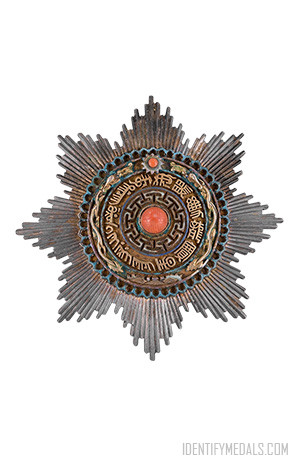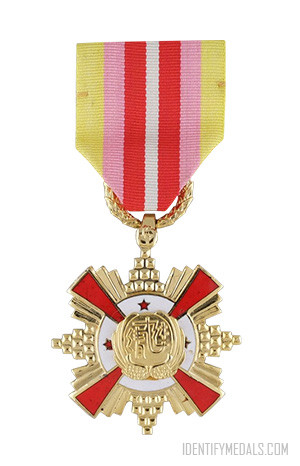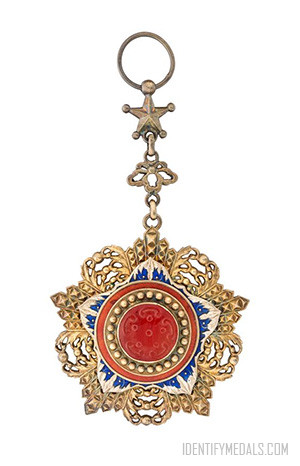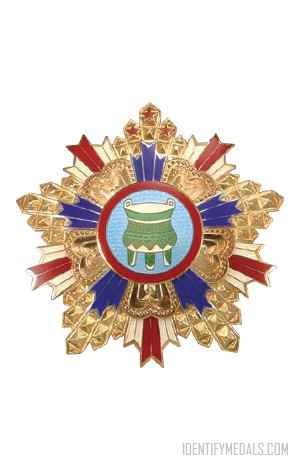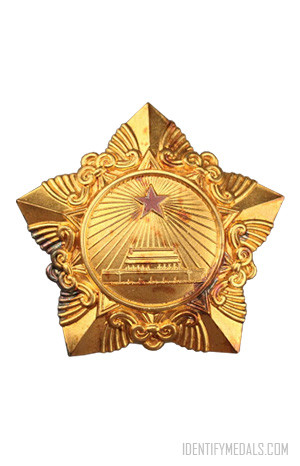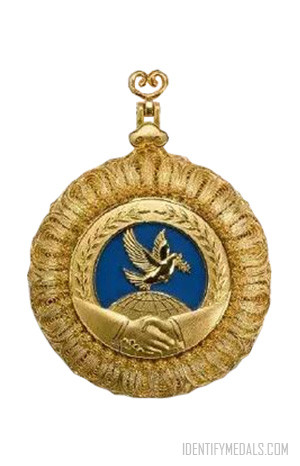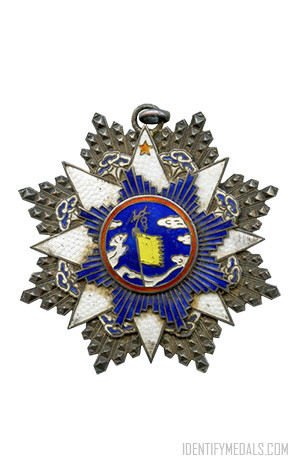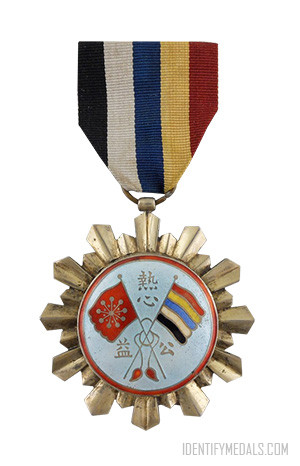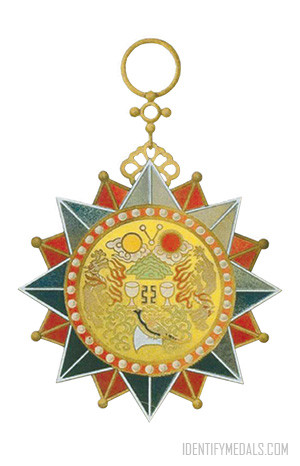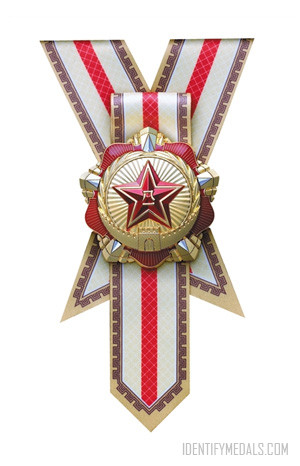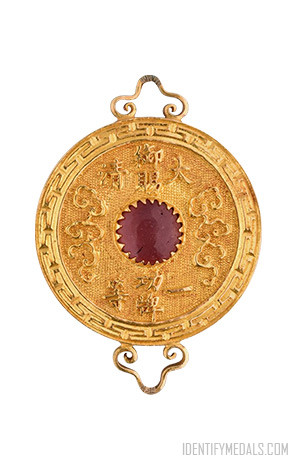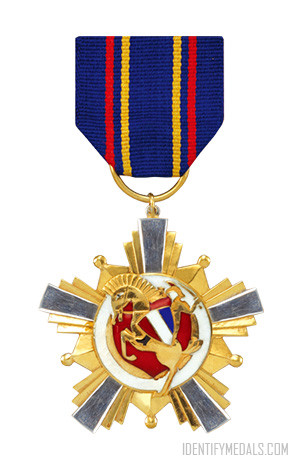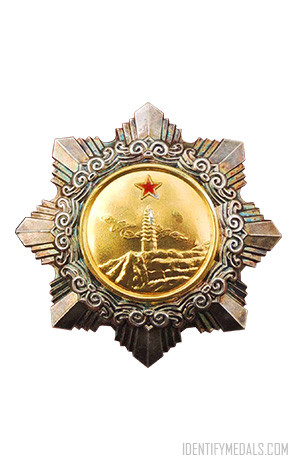- Time Period: Pre-WW1 Period
- Year of Institution: 7 February 1882
- Country: China (Qing Dynasty)
The Imperial Order of the Double Dragon or ‘Double Dragon Precious Star’ (双龙宝星 in simplified Chinese, 雙龍寶星 in Chinese and Shuānglóng Bǎoxīng in pinyin) was an order awarded in the late Qing dynasty.
The Order was founded by the Guangxu Emperor on 7 February 1882 and awarded for outstanding services to the throne and the Qing court. It was the first Western-style Chinese order, established in the wake of the Second Opium War as part of efforts to engage with the West and adopt Western-style diplomatic practices.
Originally, the Order was bestowed only on foreigners but was extended to Chinese subjects from 1908. Traditionally the Chinese court did not have an honors system in the Western sense; however hat buttons, rank badges, feathers and plumes were routinely awarded by the Emperor to subjects and foreigners alike prior to and after the introduction of the Order of the Double Dragon.
The order was replaced in 1911 during the last days of the Qing dynasty by the Grand Order of the Throne, although this replacement was never fully implemented and the Republic of China discontinued the imperial orders after its establishment in 1912.
The order consisted of five classes, the first three of which were divided into three grades.
- First Class, First Grade: for emperors and kings of foreign nations.
- First Class, Second Grade: for princes, and royal family members and relatives (later limited to royal family members who had earned, and not inherited, senior positions in government).
- First Class, Third Grade: for ministers of who had inherited their position, general ministers, and diplomatic envoys of the first rank.
- Second Class, First Grade: for diplomatic envoys of the second rank.
- Second Class, Second Grade: for diplomatic envoys of the third rank and customs commissioners.
- Second Class, Third Grade: for counselors of the first rank, consul-generals and military generals.
- Third Class, First Grade: for counselors of the second and third rank, the entourage of consul-generals, and second-tier military officers.
- Third Class, Second Grade: for deputy consuls, and third-tier military officers.
- Third Class, Third Grade: for translators and military officers of the fourth and fifth tiers.
- Fourth Class: for soldiers and non-commissioned officers.
- Fifth Class: for businessmen and traders.
The Order of the Double Dragon Design
The order took on many different designs and forms, mostly differentiated by the type and size of precious stones inlaid, the shape of the medallion, the length of the ribbon, and the material used to construct the medallion until its abolition in 1911. Gold and pearl were reserved for the higher classes of the Order, and enamel and coral for the lowest classes.
The original designs were similar in style and appearance to traditional Chinese insignia, but they proved cumbersome for many to wear and in 1897 they were redesigned in the form of a Western-style breast-badge, although the original designs were still awarded for some time afterward. Similar symbolic motifs accompanied all designs over the award’s history, most notably two dragons surrounding a central precious stone and flames which were connotative symbols of imperial authority. Other symbols of imperial authority – mountains, clouds, plum blossoms, and characters with providential meanings – were added to variations of the designs over time.

